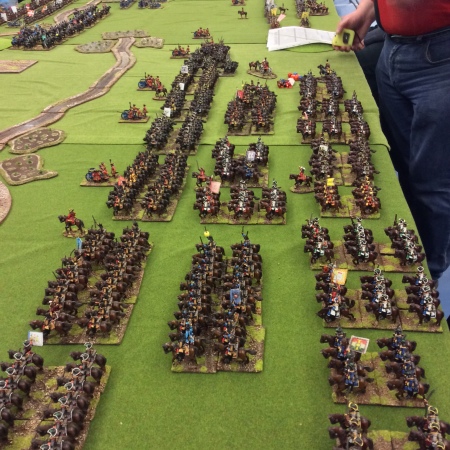
Blog


Battle of Carlisle – Jacobite Rank & File

1814 Campaign Battle of Sezanne

Fort Donelson Rank & File ACW Scenario

1814 Napoleon at Bay Campaign

Wargamer Show 2019

Balance of Power Marlburian 28mm

Rank & File Rossbach at Alumwell 2019

Rank & File ACW 13th June 2009

You must be logged in to post a comment.